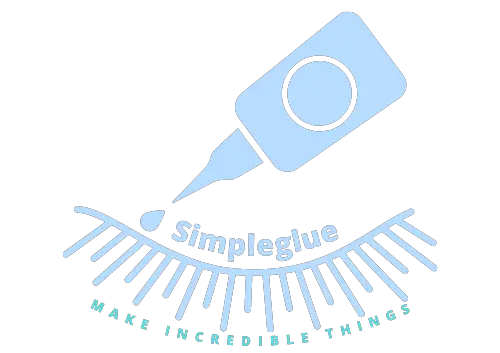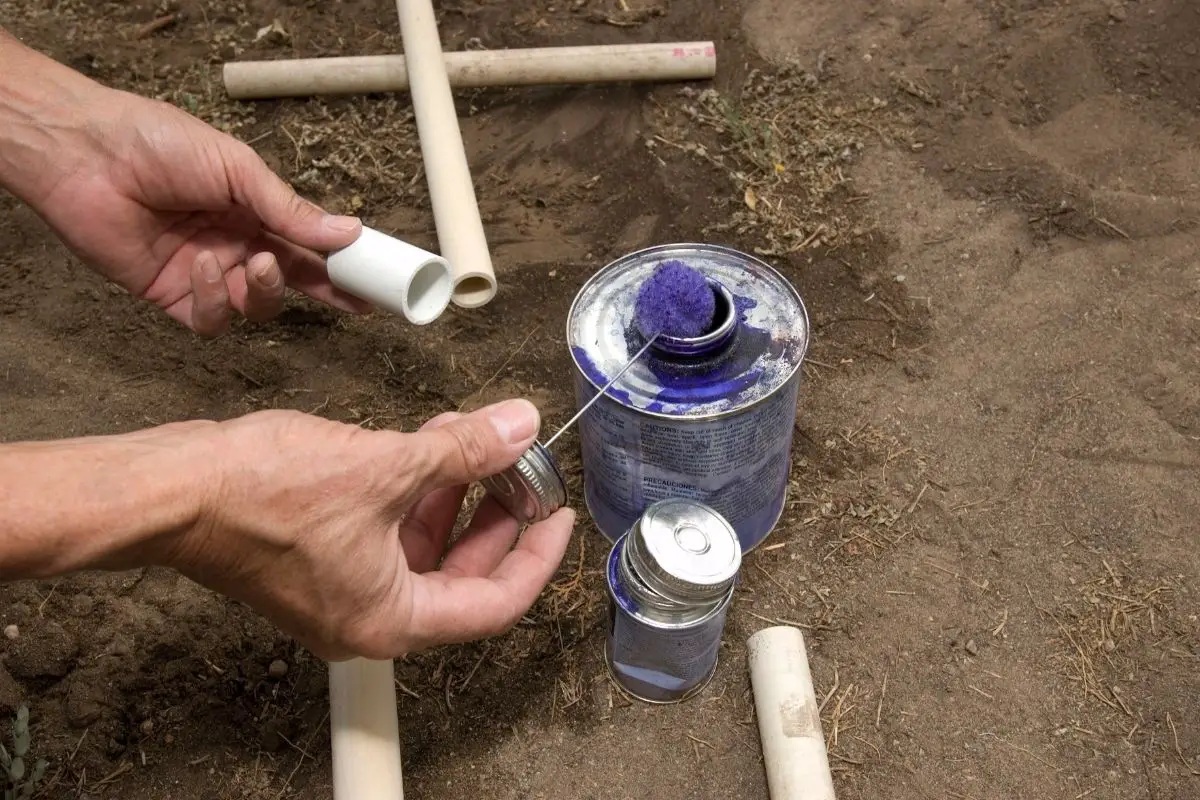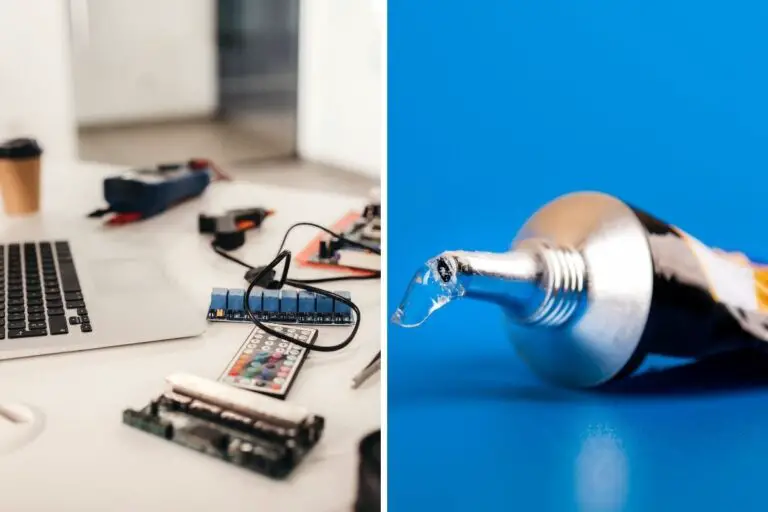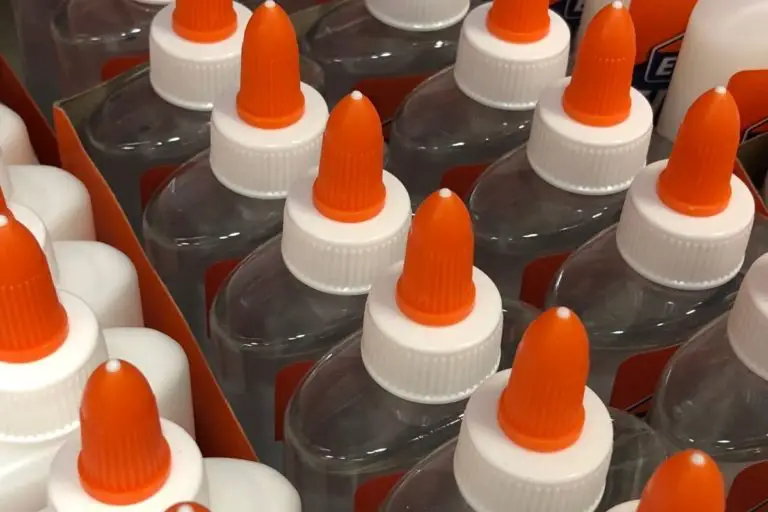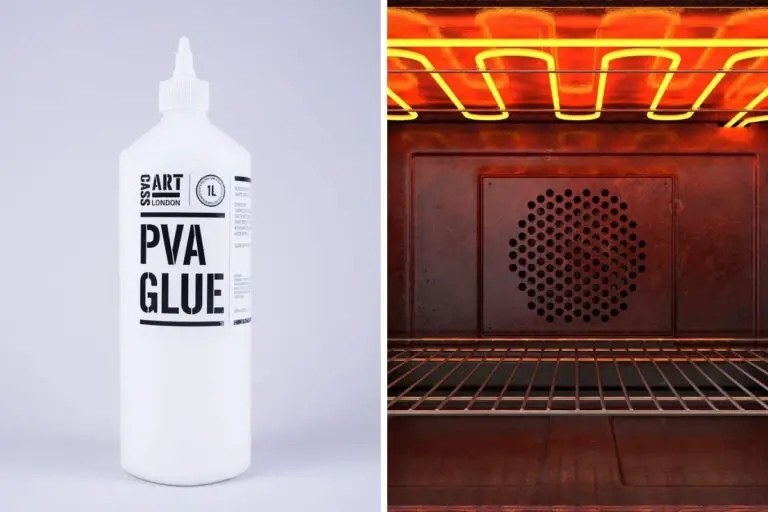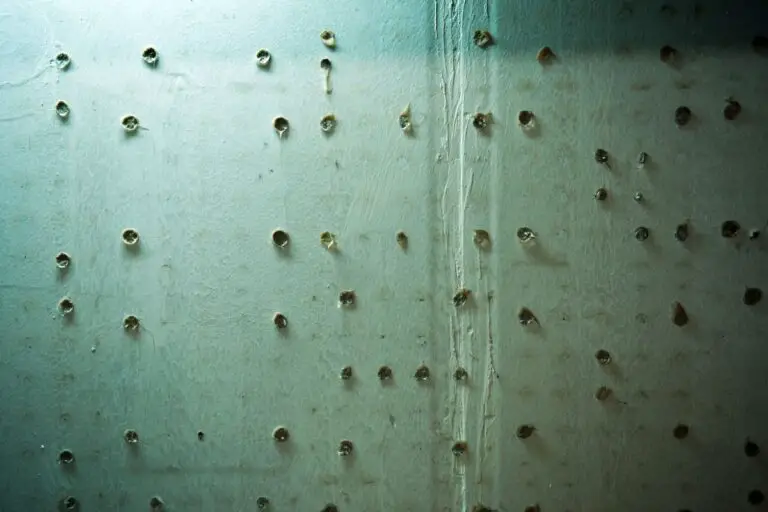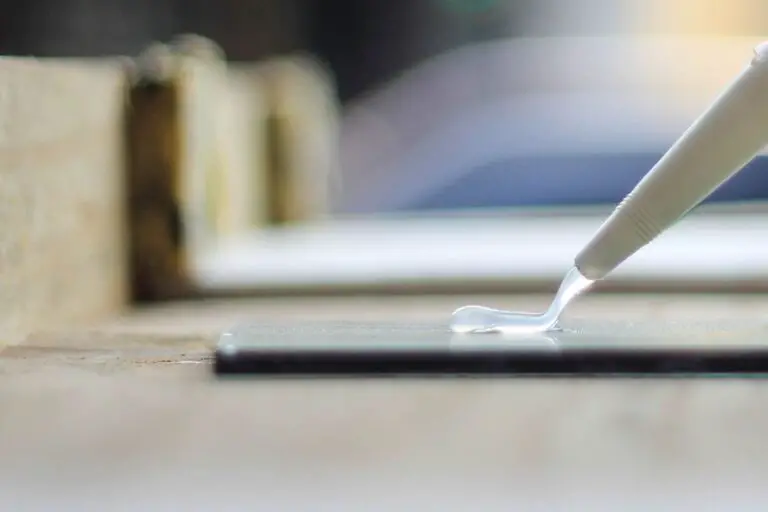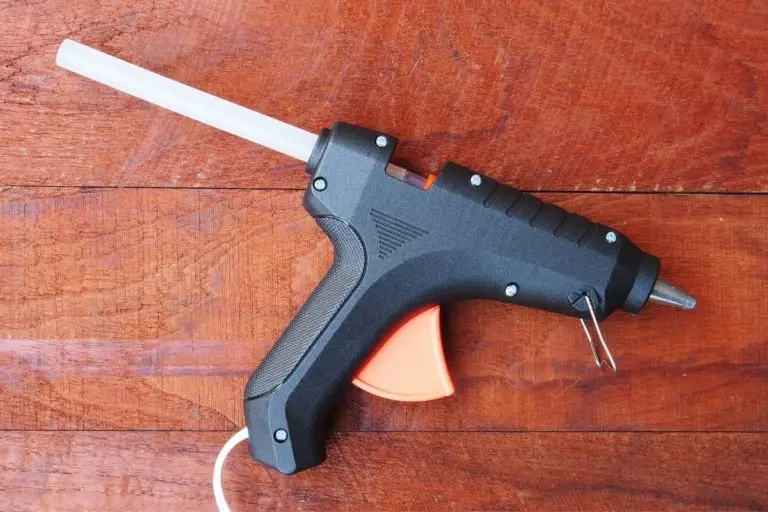Can you Use PVC Glue Without Primer?
PVC is a versatile thermoplastic polymer that’s used for various applications such as manufacturing pipes for plumbing systems. These pipes require using strong glue to hold them together.
There has been a debate among people in the industry about whether this glue needs to be used with a primer or not.
So, can you use PVC Glue without primer? You can use PVC glue without primer, however, the bond the glue forms will achieve maximum strength. The purpose of the primers is to soften the outer layer of the surface and prepare it for bonding properly. In some states, using a primer before gluing PVC pipes is mandatory otherwise your project will not pass standards.
Keep reading to learn more about PVC primer, why it’s necessary, and how to apply it properly.
Contents
What Is PVC Primer?

PVC primer is a substance that’s made from two main chemical components which are acetone and cyclohexanone. Other chemicals such as tetrahydrofuran and methyl ethyl ketone are also added depending on the brand of the primer.
It’s applied to the joint connections between PVC pipes before applying the adhesive that holds them together.
The way primer works is by setting off a chemical reaction on the surface once it’s applied. This chemical reaction will soften the surface of the PVC pipe by removing the glazed protective top layer leaving a rough matte finish that will make the surface ready for the adhesive.
The softer the surface of the pipe, the stronger the bond formed by the adhesive will be.
What Are the Kinds of PVC Primer?
There are various kinds of PVC primers with different colors. Some primers come in a clear color while other kinds come in colors like purple, which is what most people are used to, or red.
The reason why primers are made with such vibrant colors is to make it easy to tell where the primer has been applied. It will also make it easy for inspectors to tell that the primer has been used because in some states using a primer before gluing PVC pipes is mandatory and failure to do so means your project will not pass standards.
So, if you’re working on a project that will be inspected, make sure to choose a brand that offers a colored primer that will be easy to see.
Do You Need a Primer When Using PVC Glue?

PVC is used to manufacture piping systems and these pipes require a strong adhesive to join them together. The kind of adhesive used to join the pipes together is PVC solvent cement which is often referred to as PVC glue.
The PVC solvent cement changes the chemical composition of the pipes to fuse them together, effectively making the two parts inseparable.
PVC primer can sometimes be confused with PVC solvent cement but they are two different materials. However, it’s recommended to use them together to achieve the best results.
The primer is needed when using PVC glue because it sets up the surface for the glue to do its job and bond properly. It cleans the surface removing any contaminants and it also softens the surface which allows the adhesive bond to reach maximum strength.
How to Correctly Apply PVC Primer?
The most important thing to remember when applying PVC primer is to make sure you’re also ready to apply the PVC solvent cement. That is because the primer is only effective when it’s wet, so you need to apply the solvent cement right after you apply the primer before it dries.
Also, keep in mind that both PVC primer and PVC solvent cement release intense fumes when applied. So, make sure you’re wearing a protective mask and that you’re working in a properly ventilated area.
Now, here are the steps you need to follow to correctly apply PVC primer on a PVC pipe:
- Apply PVC primer on the fitting socket and on the end of the PVC pipe. It’s recommended to use the applicator brush that is included inside the primer container.
- Wait about 10 seconds then immediately apply the PVC solvent cement directly on the areas of the pipe that you just primed.
- Insert the pipe fitting and let it set for 30 seconds while holding the two ends of the pipe together. It will take another 15-30 minutes for the bond to completely harden then about 12-24 hours for it to fully cure.
How to Remove PVC Primer from A Surface?
You might accidentally spill some of the priming fluid or have some excess primer on a surface.
It’s best to deal with the stains as soon as possible because the longer you leave it, the more it will solidify which will make it more difficult to remove without damaging the surface.
To remove PVC primer from a surface, it’s recommended to soak a cotton swab in PVC cleaner or acetone then gently dab it on the stained area to remove as much of the primer as you can.
You can also mix baking soda and water, apply the mixture to the stained area, then use the rough side of a sponge to scrub off as much of the primer as you can.
Related Questions
Do You Need to Use a Primer for CPVC?
You do need to use primer for CPVC pipes as this will prepare the surface of the pipe to chemically bond with the adhesive material applied and ensure it reaches maximum strength. Other kinds of pipes that need to be primed are PVC pipes while ABS pipes don’t need to be primed.
You can learn how CPVC can be used on PVC pipes here.
Can You Use Acetone Instead of PVC Primer?
You can use acetone instead of PVC primer since it’s one of the main ingredients of the priming fluid and it can moderately soften the surface enough to bond with adhesive. However, priming the surface with acetone will not help you achieve the strongest bond you can possibly get.
What Is the Difference Between PVC Cleaner and PVC Primer?
PVC cleaner is a chemical substance used to remove contaminants such as grease, dirt and oil from PVC surfaces, making them clean and ready to bond. While PVC primer is used to soften the PVC surface before applying adhesive to ensure it bonds strongly. If you use a PVC cleaner on a surface, you will still need to use a PVC primer.
Can PVC Primer Go Bad?
PVC primers can go bad. It has an expiration date that indicates how long the product will remain effective for. This date is typically calculated from the date of manufacture and not from when you open the container. On average, primers can last up to 3 years with proper storage, so it’s recommended not to leave it on the shelf for too long, even if the container is unopened.
Helpful Resources
THE DOS AND DON’TS OF CPVC PIPING SOLVENT CEMENT WELDING
If you like this article, share it!
